Speaker
Description
In the new era of LHC experiments, fast-timing detectors are becoming a major priority. The LHCb upgrade II shall implement 4D tracking, enabling primary vertices spread in time to be distinguished, while maintaining high spatial resolution. Within VELO detector, a temporal hit resolution of 50ps within pixels of pitch < 50um is required. These demanding requirements necessitate a shift to non-standard hybrid sensor designs, which is the focus of the CERN EP R&D work package 1.1.
The Silicon Electron Multiplier (SiEM) is a sensor design that exploits an in-built amplification region generated around a metallic electrode grid. Two production processes have been investigated to produce SiEM demonstrators: metal-assisted chemical etching, a project with PSI, and deep reactive ion etching, a project with CNM. In addition, the production of 3D column sensors with timing-motivated designs is being pursued. The impact of the column geometry on spatial resolution, detection efficiency, and front-end timing jitter has been studied.
Hybrid sensor R&D necessitates the development of a suite of sensor characterisation tools. The multichannel board has been designed for the fast readout of test structures through 16 channels simultaneously and it is based on a transimpedance amplifier with a gain of ~70.
This contribution shall present WP 1.1 results from SiEM demonstrator manufacturing, 3D sensor design studies, and 16-channel board v2 laboratory and test-beam characterisation.
| Primary experiment | CERN EP R&D WP 1.1 |
|---|
